Things You'll Need
Plastic storage bags
Small paper bags
Storage containers with lids
Paper towels
Refrigerator
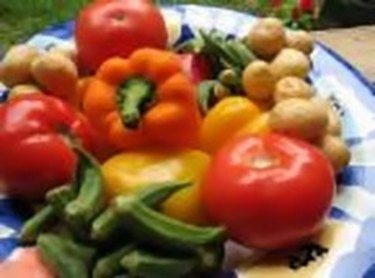
Fresh vegetables are great but they don't last very long. Most vegetables stay fresh with cool temperatures and high humidity but there are steps you can take when storing vegetables to encourage that environment.
Step 1
Do not wash your vegetables before storage. If a vegetable is still wet when it is put into storage, it is more susceptible to bacterial growth. Wash vegetables just before you are ready to use them.
Video of the Day
Step 2
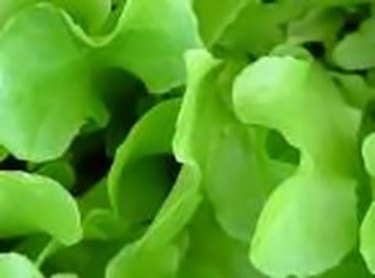
Put leafy greens, such as lettuce and spinach, in plastic storage bags. The bag creates just enough of a moist environment to help retain natural moisture. Store in the coldest part of the fridge and they will last a week to 10 days.
Step 3
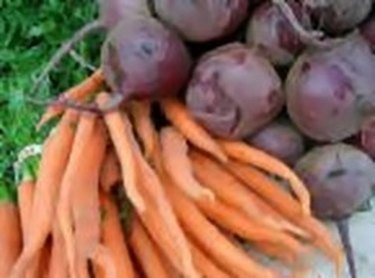
Root vegetables such as carrots, beets and turnips do well in perforated plastic bags in the fridge. Cut off the leafy tops bcause they will draw moisture out of the root. Place in plastic bags with a few holes. The holes will allow air to flow without letting too much moisture escape. Most root vegetables will last up to two weeks.
Step 4
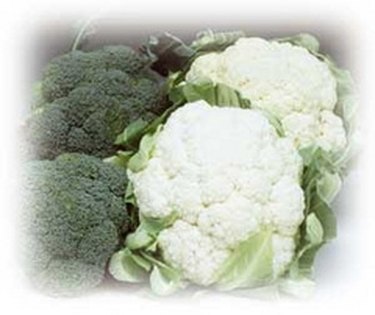
Cauliflower, broccoli and brussel sprouts keep well in plastic storage bags in the refrigerator. They will stay fresh for up to five days. Cabbage unwashed, uncut and wrapped in plastic will last up to 10 days.
Step 5

Most other vegetables such as beans, artichokes and cucumber also do well in plastic in the fridge. Peppers should be stored in a paper bag in the bottom crisper drawer. Mushrooms should never be stored in plastic and should instead be kept in an open container such as the cardboard they are packaged in. Remove the plastic and cover loosely with a paper towel. Mushrooms will last up to five days.
Step 6
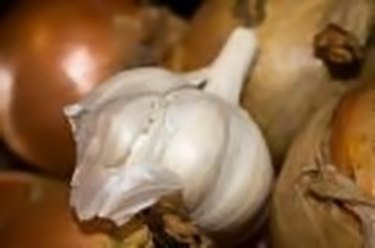
Garlic and onions do well in cool spots where air can circulate without much moisture. A hanging basket is ideal for onions, while a darker spot is a benefit to garlic.
Step 7
Potatoes do best at cooler room temperatures and darker locations. If potatoes are stored in a refrigerator, the starch converts to sugar. Keep potatoes in a cool dark place in a paper bag to give them a life of several weeks to a month. Sweet potatoes can also be kept this way but their shelf life will only be about a week, depending on the coolness of the location.
Step 8
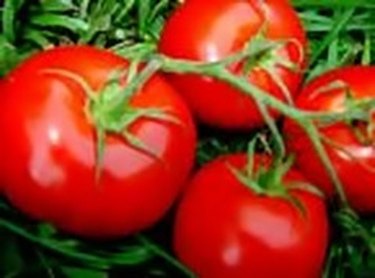
Tomatoes should be kept at room temperature out of direct sunlight and will keep for three to four days. A sliced tomato can be kept wrapped in plastic in the fridge for one to two days.
Step 9
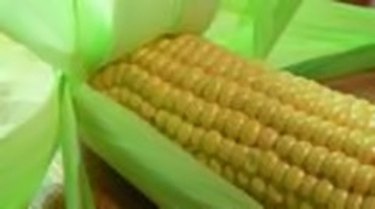
Corn on the cob is the one vegetable that should not be stored at all. Corn should be husked and eaten the day it is picked. If that is not possible, then blanch it for two minutes, cool it immediately with cold water and store it in a plastic bag in the fridge. The freshness will last for two to three days.
Tip
When storing vegetables in bulk, remove any bruised or damaged produce.
Video of the Day